Tottori: Crabs, sand and nature’s bounty
This unspoiled prefecture in Japan lacks the sophistication of bigger cities, but offers a taste of authenticity that’s worth so much more. BY JAIME EE
IT’S 8 AM ON NOV 7 at Tottori Port. Inside a nondescript warehouse, a large congregation of mostly men in rubber boots and overalls mills around expectantly – like Japanese aunties waiting for Takuya Kimura to make a cameo.
Yes, they’re waiting for a star. But it’s the Kimura of the crab world – the elusive itsukiboshi-gani, the ultimate specimen of snow crab that’s found only in the sea off this coastal prefecture in western Honshu.
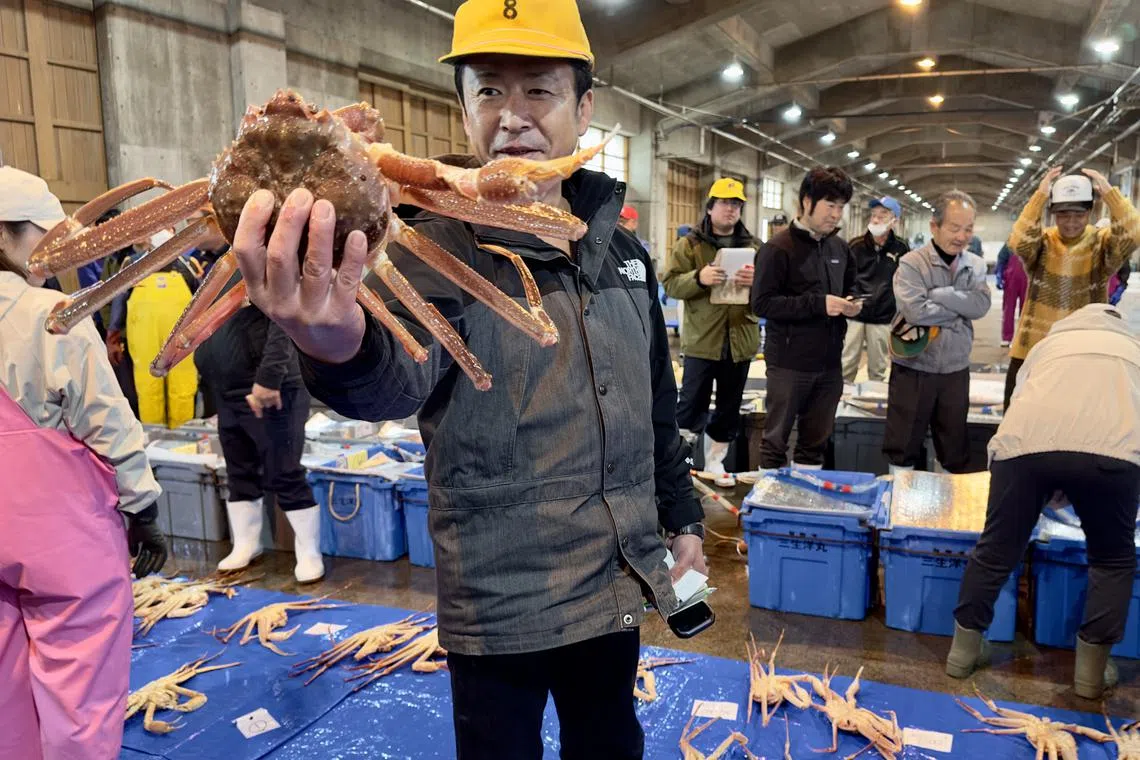
The excitement is palpable because it’s the first crab auction of the year – and a really big deal in this remote region that hasn’t been overrun with foreign tourists yet. Tottori doesn’t have a lot of people, but it’s the largest producer of snow crabs in all of Japan, beating even Hokkaido.
The pedigree of crabs
Snow crabs are the Rolls-Royce of crabs, and go by different names depending on where they’re caught – echizen in Fukui, for example. Tottori is famous for matsuba-gani, and the particularly prized itsukiboshi-gani.
Literally translated as “five shining stars”, the itsukiboshi-gani has more rigid criteria than a Miss Universe pageant. It has to weigh at least 1.2 kg and its shell must be 13.5 cm long at the minimum, have good colour and plump flesh, and heaven forbid it should break a nail, much less lose an entire leg.
But it’s getting harder and harder to catch these crustacean beauties, says Genji Fumamoto, the vice-president of Tottori’s prefectural fisheries cooperative, who was officiating the pre-auction ceremony.
“Less than 1 per cent can make the grade,” he adds. “Sometimes we can catch 20 to 30, but other times only one or two.”
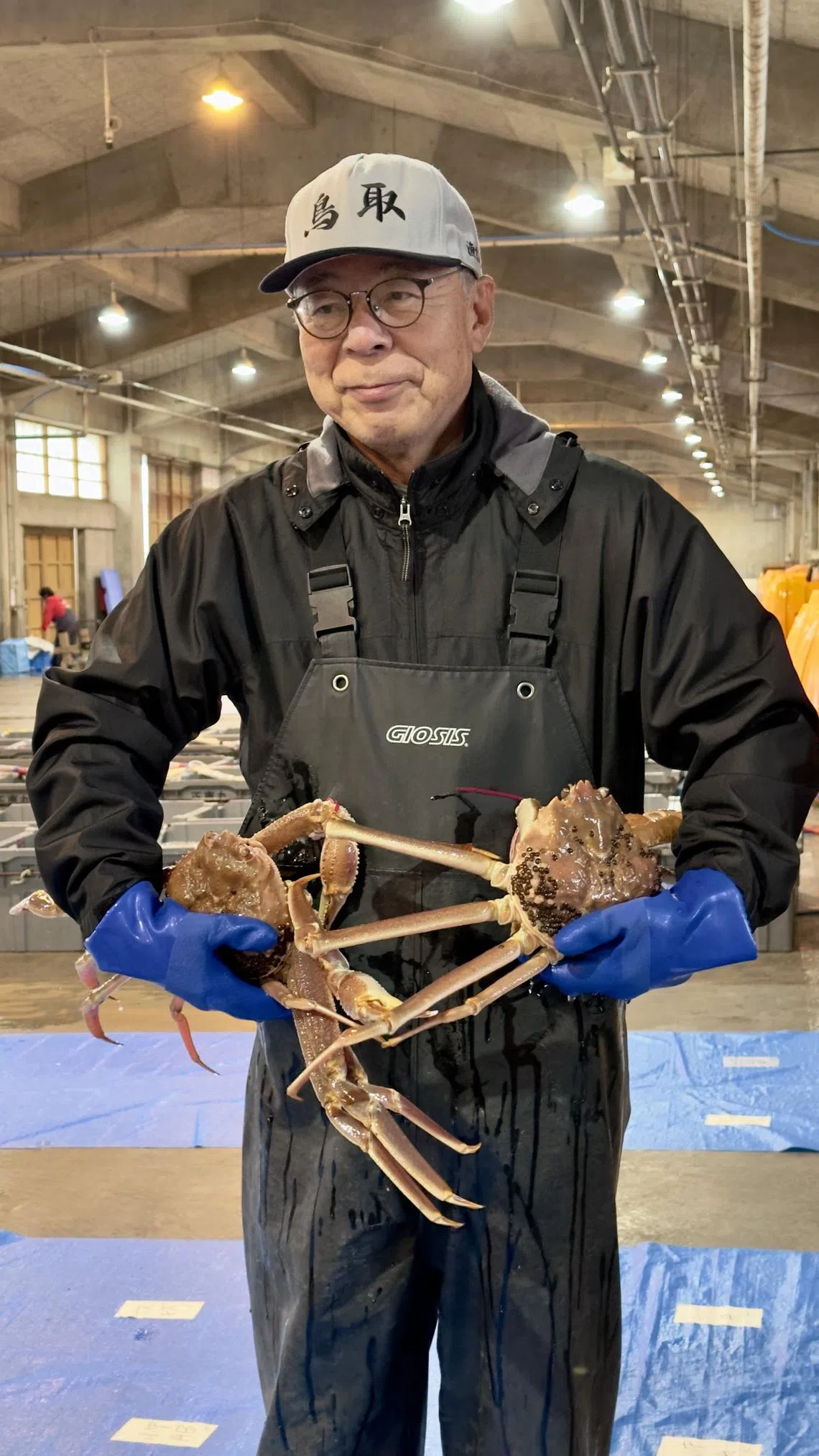
Alas, not a single crab achieved coveted itsukiboshi status on that auspicious first day. But that didn’t stop one crab from fetching the top price of 1.5 million yen (S$12,700) – still a far cry from the 10 million yen paid in 2023 for a matsuba-gani sold at neighbouring Hyogo’s Hamasaka Port.
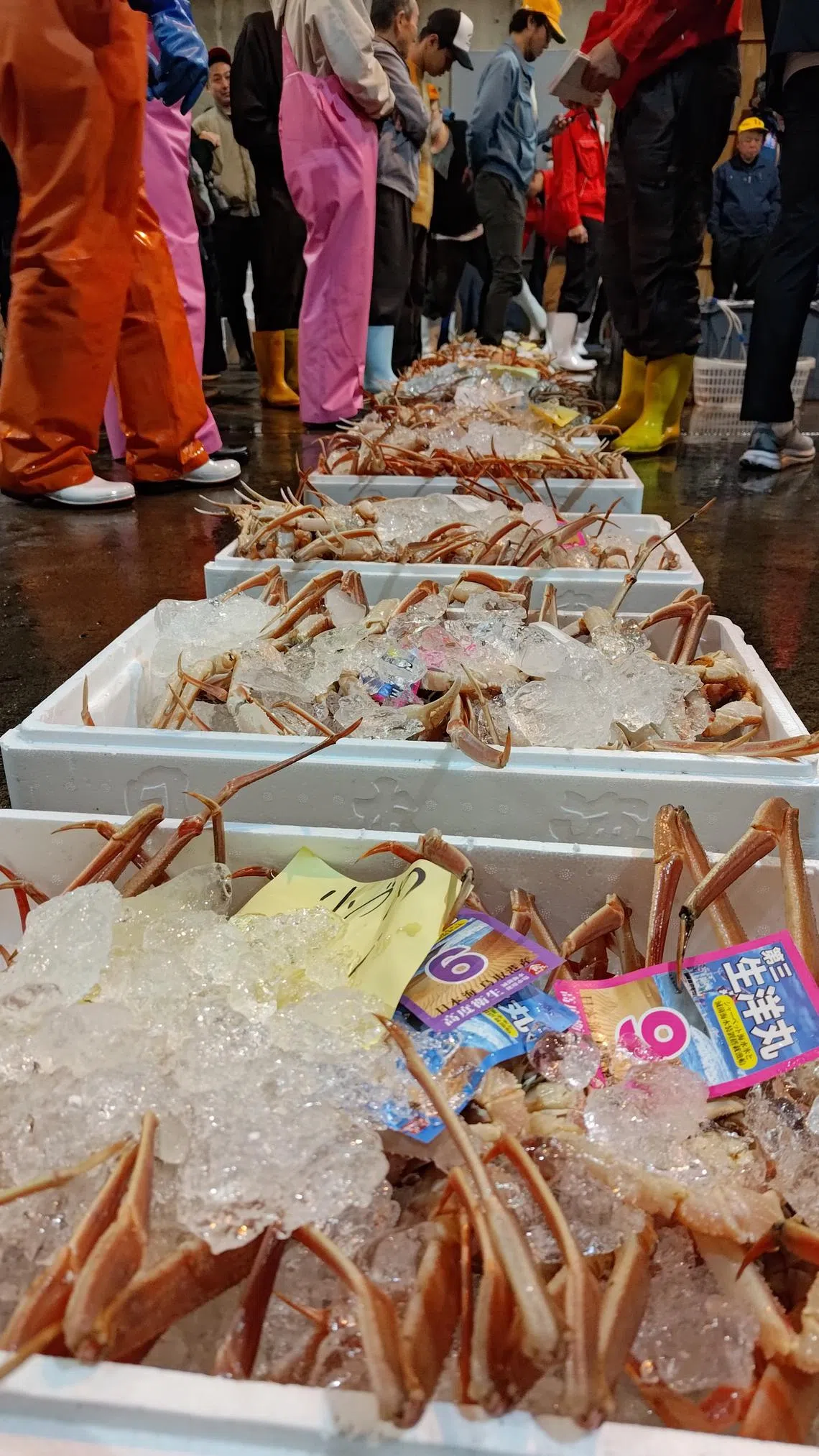
Prices have been steadily rising because of demand and the draconian regulations surrounding crab fishing, says Fumamoto. The season starts in early November and ends in early March for male crabs (matsuba-gani), but fishermen have to stop catching the females (oyagani) by February, to give them time to spawn.
While prices are exceptionally high at the start of the season because of pent-up demand, they tend to drop towards the end. Matsuba-gani are prized for their size and meaty flesh, while the females are much smaller. The males are graded according to size and defects such as deformed claws, broken tips or even missing legs.
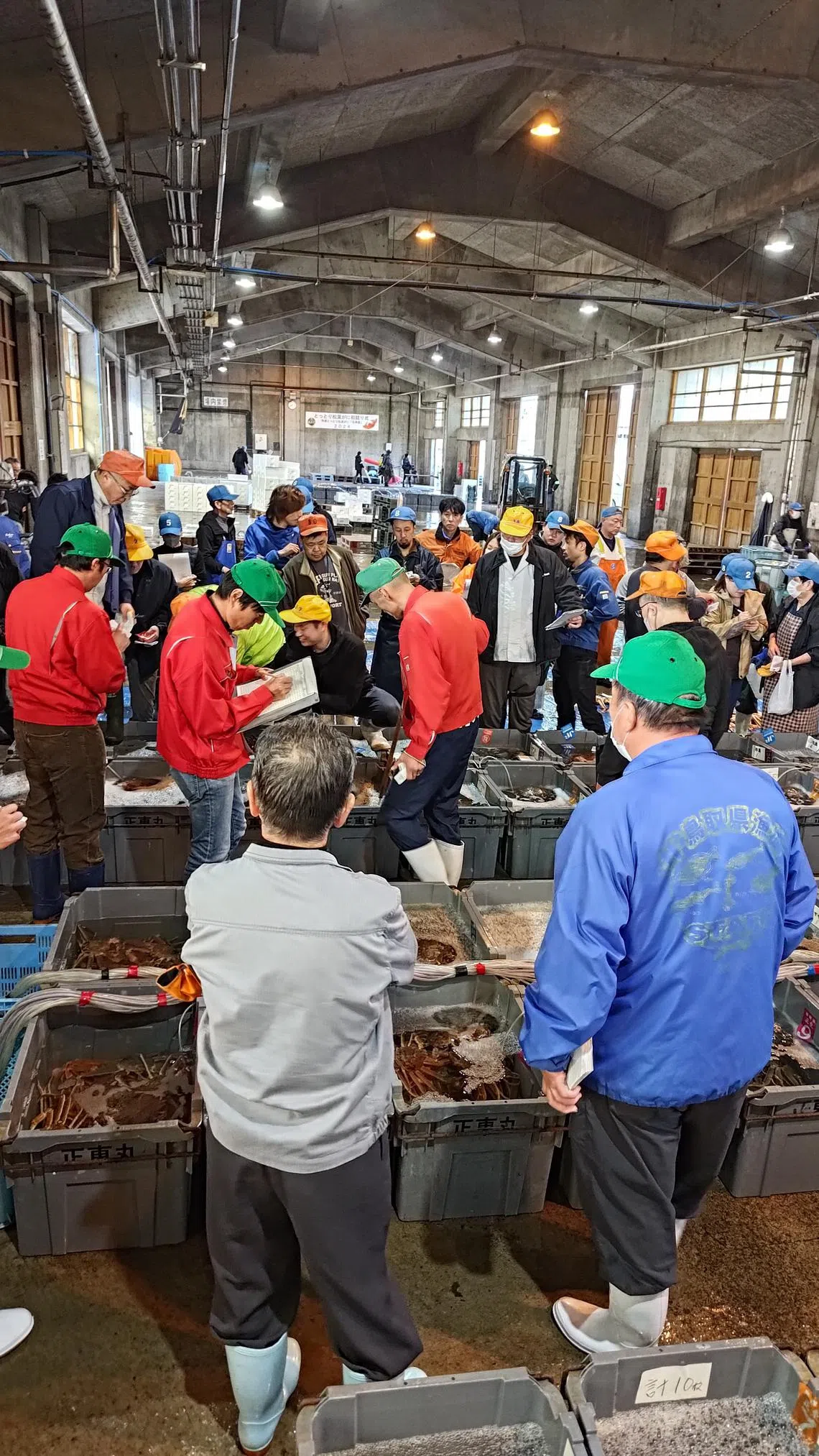
So if you chance upon a misshapen but meaty seven-legged critter, it’s likely to come at a good price. But if you insist on one with a fancy plastic “bracelet” (sometimes even two) that tells you where it came from, who caught it, and maybe even its family history if you look hard enough, be prepared to fork out the GDP of a small hamlet.
That’s why Tottori residents luck out at Karoichi Fish Market next to the port, where decent-sized no-tag matsuba-gani can be had for around 8,500 yen apiece, while 2,500 yen can net you a good pile of oyagani which have little meat but sweet flesh, and are usually cooked in miso soup with daikon radish.
Treasure trove of food and nature
Tottori may be the country cousin of fancier cities such as Tokyo and Osaka, but it has an intrinsic charm that’s hard to resist. It’s so remote that even the shinkansen doesn’t want to go there. It’s best to take a domestic flight from Tokyo. Or you could break your journey in Osaka, and then hop on a sluggish diesel-driven train for a 2.5-hour ride to Tottori city.
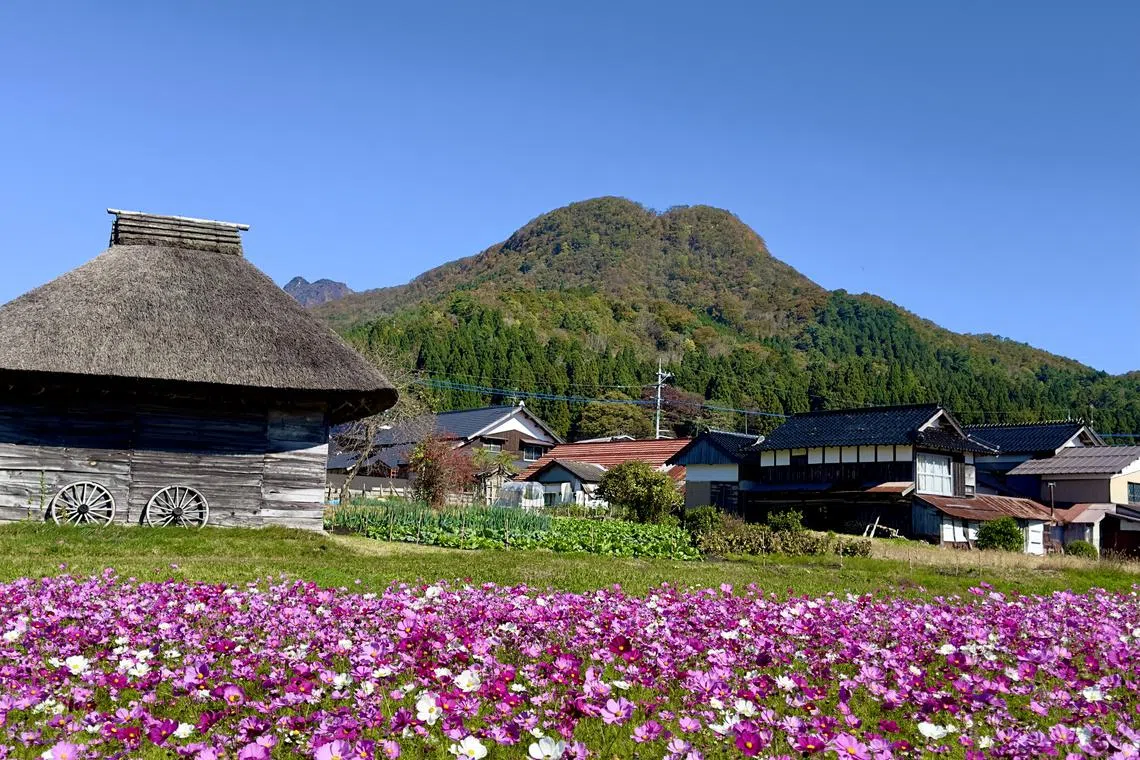
Together with Shimane prefecture, Tottori is part of San’in, a laid-back region which has seemed fairly content to let the rest of the country over-develop in favour of a down-to-earth, authentic lifestyle. You won’t see glitzy malls here – you’ll be excited just seeing a big Aeon store in Tottori city itself.
A few shuttered shopfronts in the main shopping streets are a hint of the dwindling local population, and give the town a sleepy air. Good luck finding a public bus or even taxi – everybody drives here, yet you hardly see any traffic jams. But the best part? Few international tourists, although plenty of domestic travellers are drawn to the mountains, greenery, history and deliciously clean air.
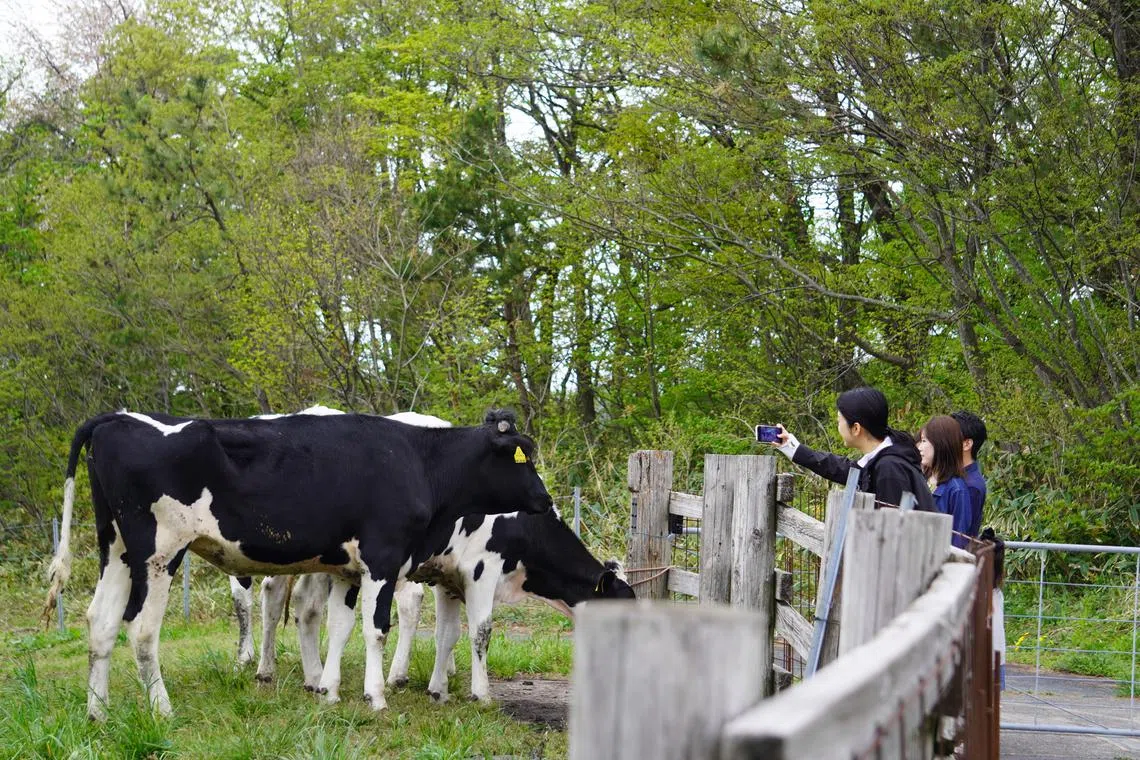
Facing the Sea of Japan, with plenty of farmland and even its own award-winning wagyu, the prefecture makes being a locavore effortless. The “big” cities are Tottori and Yonago – each with its own airport – but there are other surrounding little towns where residents live simply, growing fruit and vegetables in their gardens and sharing them with neighbours.
At farmers’ markets you can find bags of fresh greens for just 100 yen a pack, and if you happen to live next door to a fisherman, expect some freshly caught karei (flounder) or shiro ika (squid) in exchange for the persimmons from your garden.
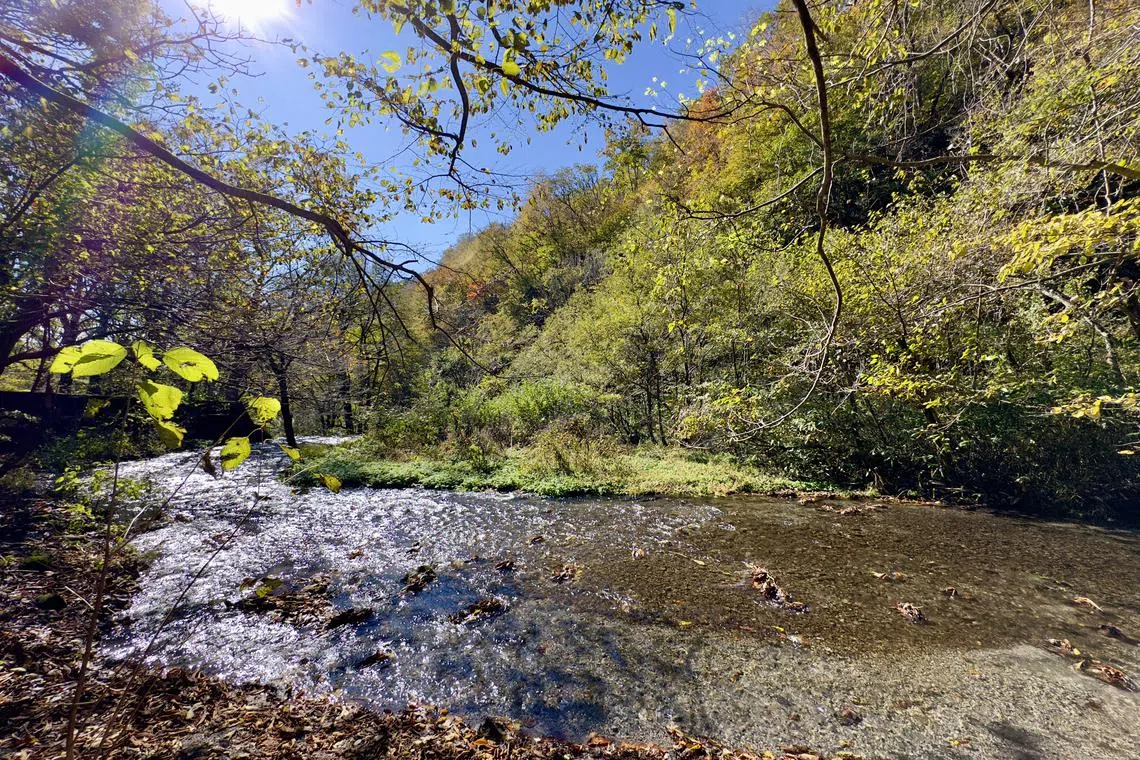
Tottori’s fertile terrain makes it a wonderland for fruit. Take it from Yasuo Urushibara, the owner of Orchard Hirooka Farm, which has been growing premium nashi (Japanese pear), persimmons, figs, giant yuzu and ume plums for 47 years on 16 hectares of land.
The veteran farmer – also an unofficial wild boar hunter who traps the pesky fruit thieves on his property and turns them into inoshishi pork chops – started exporting to Singapore 15 years ago, and demand for his top-grade produce has been increasing, he says. Where he once exported just 10 per cent of his crop, he now sends up to 50 per cent overseas including Hong Kong, where customers are prepared to pay, he adds.
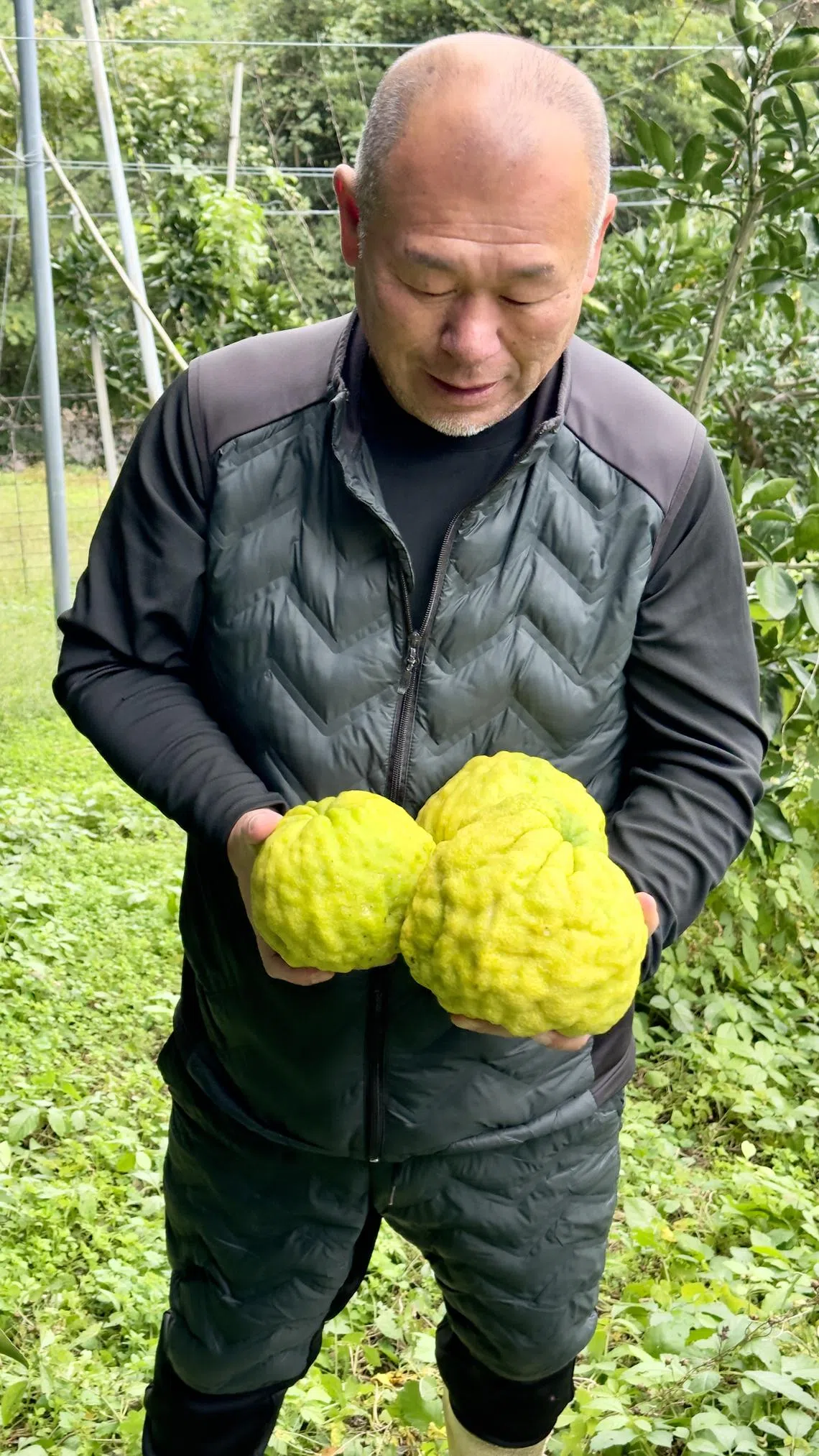
His land also houses a glamping site, Moi Sorayama, with igloo-like structures spread out on sprawling land where nature lovers can hang out and do some star-gazing, visit the fruit farm and have barbecues using fresh local produce. And maybe keep an eye out for a curious boar or two.
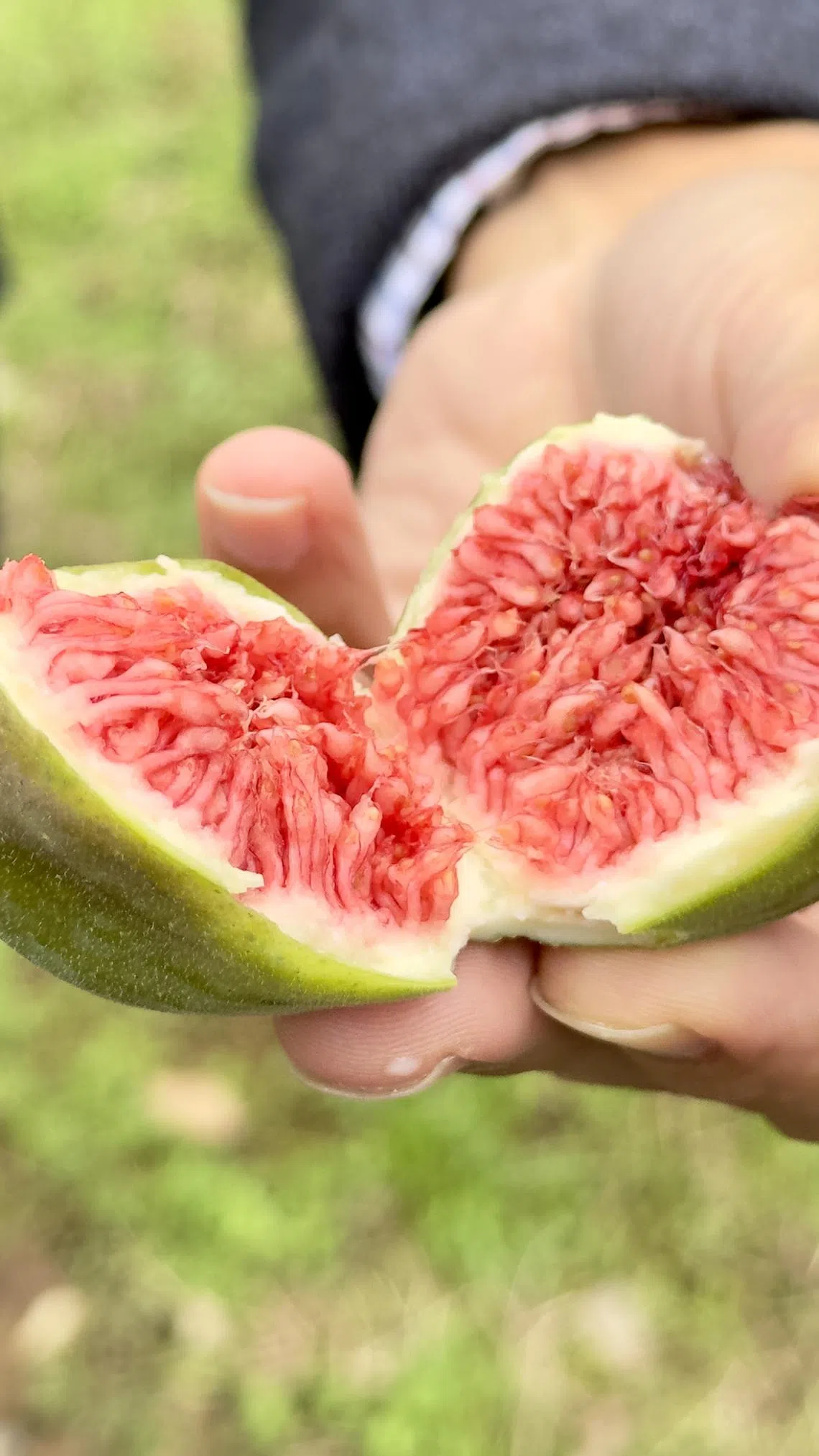
Crab and other feasts
Even though you’re on the home turf of matsuba-gani, don’t expect a major bargain if you’re looking for top-quality crabs. It may be slightly cheaper than in Tokyo, but you’re still looking at around S$500 a head in a speciality restaurant – usually more.
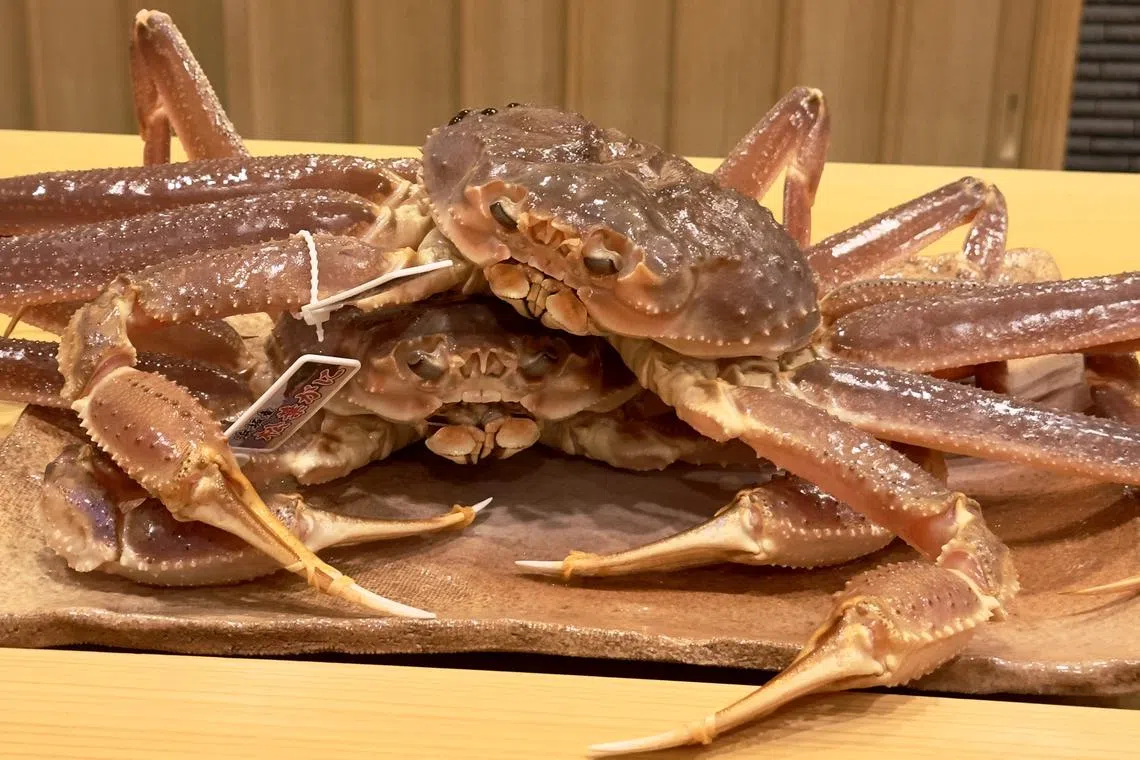
For a small city, Tottori is home to two Michelin-starred crab restaurants. Kaniyoshi is the holy grail and near-impossible to get in, even at prices that go as high as S$3,000 a person. Locals say its clients are well-heeled or well-connected in the industry, with some even flying in by private plane just to get their fix on the first day of the season.
Somewhat more accessible is the two-starred Mitsuki, a high-end kappo restaurant helmed by chef Yuki Mitsui and his wife. In elegant, blond wood surroundings, you’re introduced to your two new, still-alive crabby friends before Mitsui nonchalantly rips them apart in front of your eyes. He chops, slits, scrapes and simmers multiple courses of sweet glistening flesh – sashimi, soup, charcoal-grilled, cooked in rice – for a cool S$700 a head. He gets his crabs from neighbouring Hyogo instead of Tottori port, and the flesh seems finer and sweeter than the ones we get at Kanimatsuba – a more casual, DIY crab place.
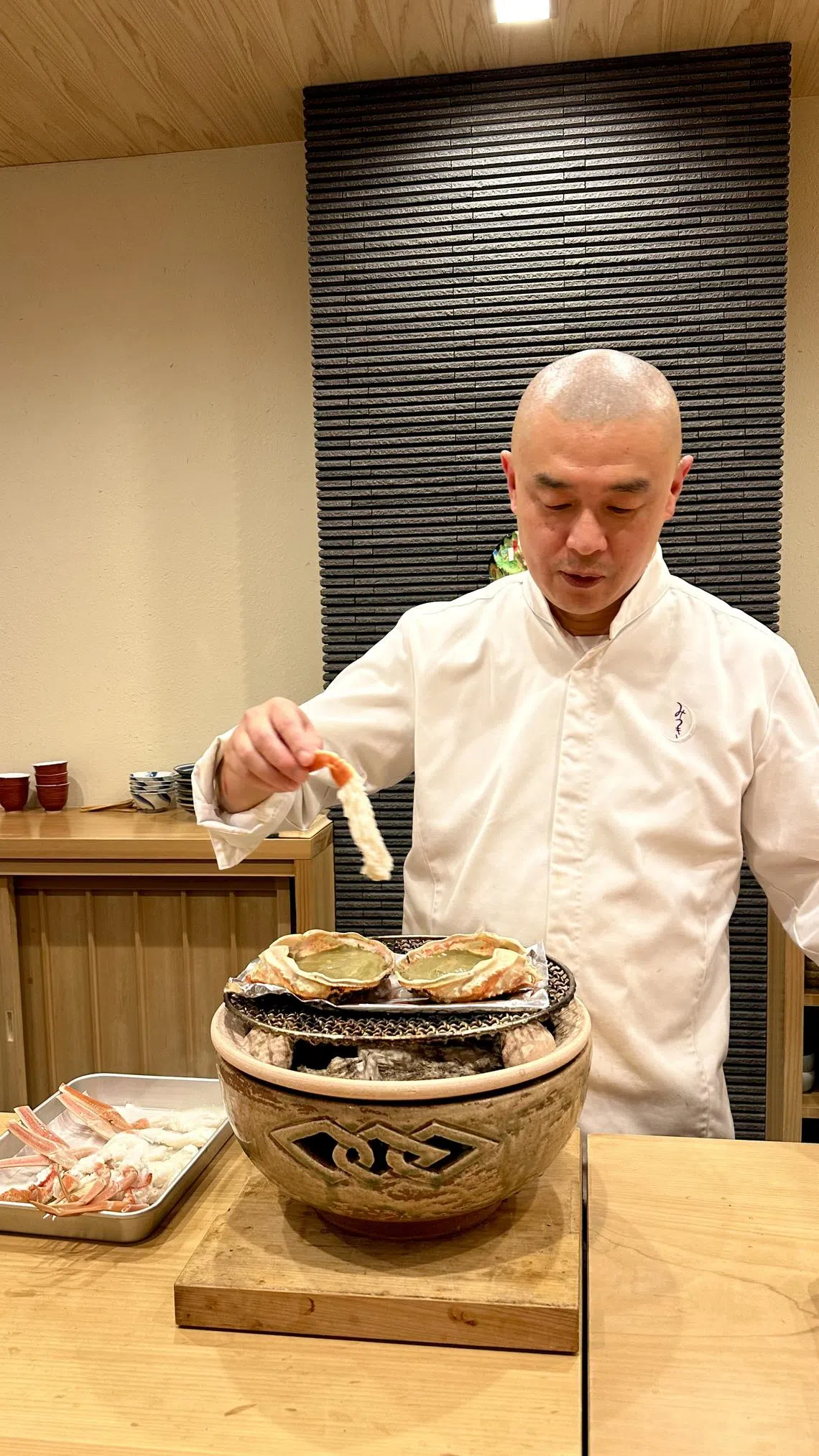
At Kanimatsuba, you sit in a fancy private room where your assigned crabs are brought in for a formal introduction before being taken away and dismembered for your dining pleasure. Our menu is priced at around S$500 a head, and the crabs were caught off Tottori port. While good, they probably weren’t the cream of the day’s catch.
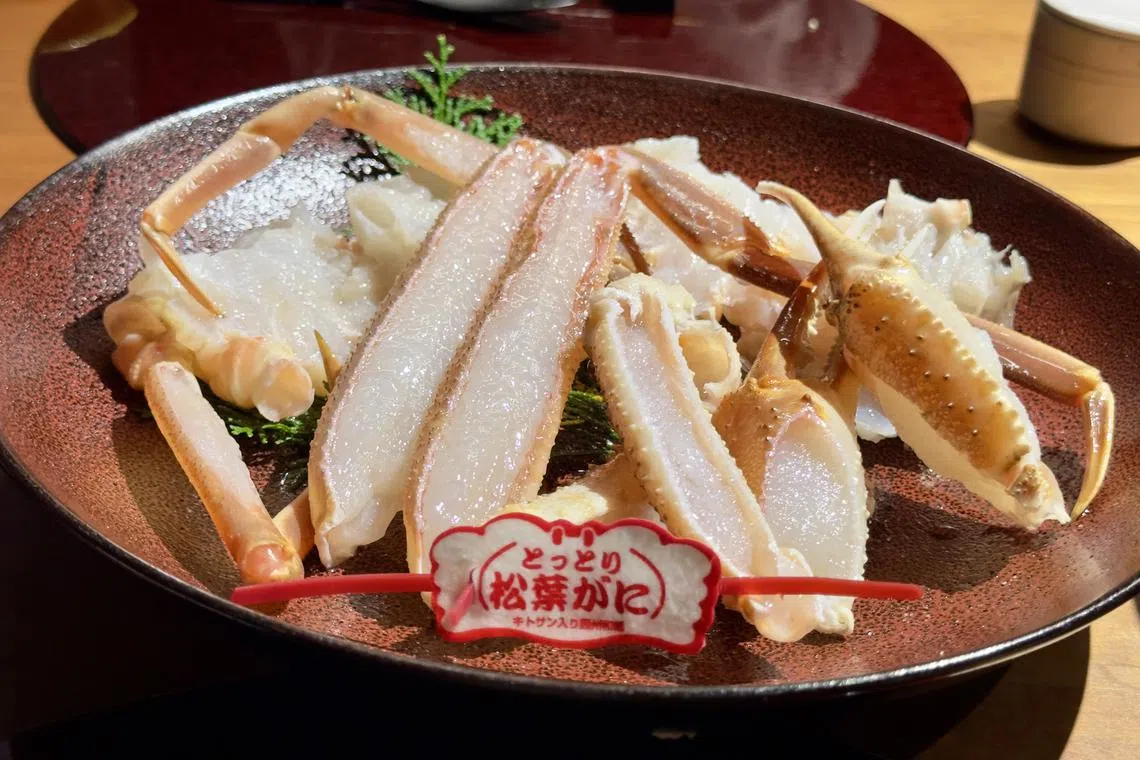
For a taste of oyagani, there’s Anbe, a dingy hole-in-the-wall that’s famous for its Instagram-friendly giant crab bowls priced at 10,000 yen. Don’t be swayed by its so-called omakase and follow the locals in just ordering the large bowls on their own. It’s packed with plenty of peeled white and brown crab meat, orange roe and crab miso over just a little bit of rice. You can ask for free refills of rice and crab soup – the small crabs simmering with daikon in a miso broth.
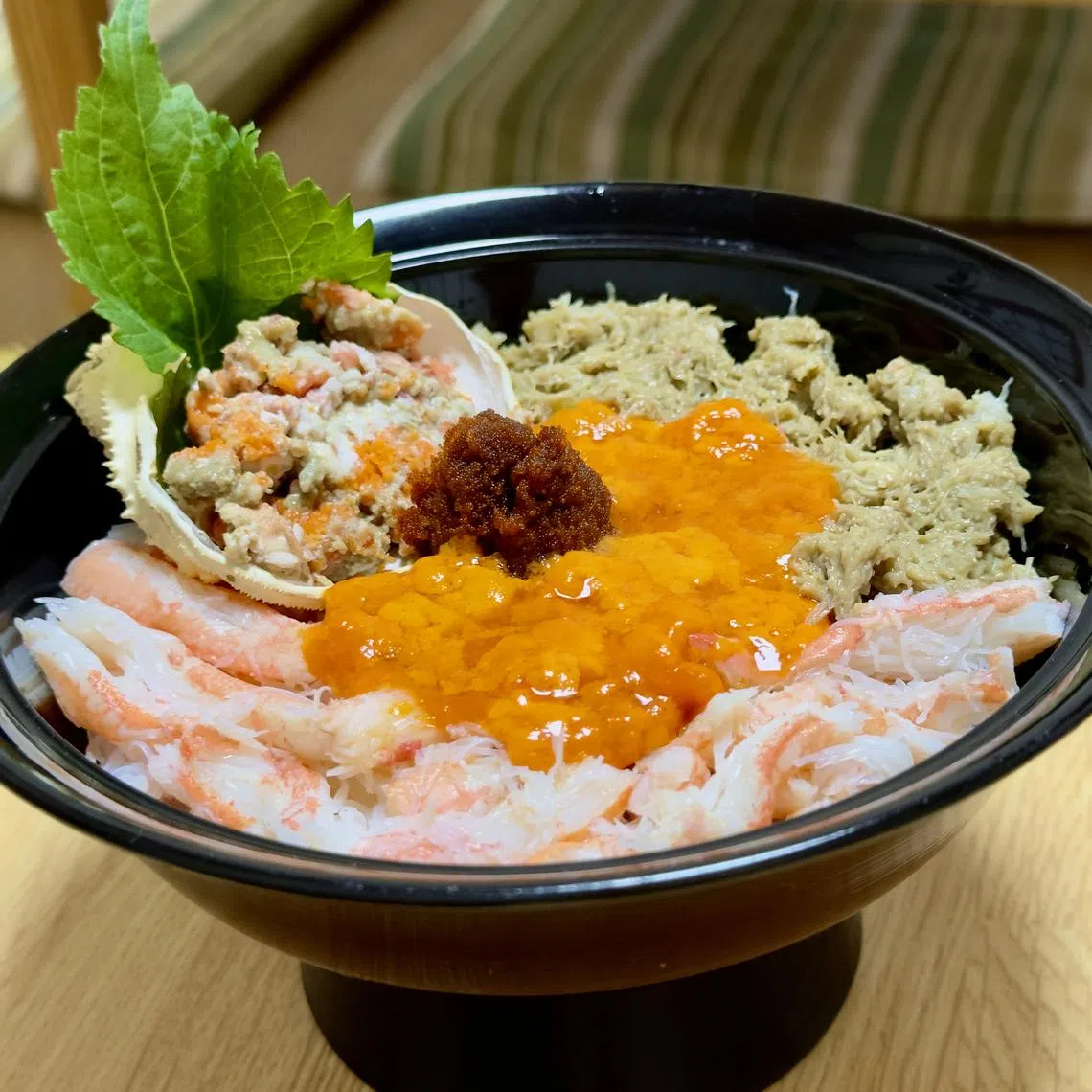
When you need a break from all that seafood, Yakiniku Gyuoh (just a six-minute talk from Tottori Station) is a super-friendly casual outpost for local wagyu.
The story goes that all the best wagyu in Japan originated in Tottori, which produced award-winning cows whose offspring were in high demand from other prefectures keen to develop their own brands. Kobe beef, for one, started with bovine immigrants from Tottori.
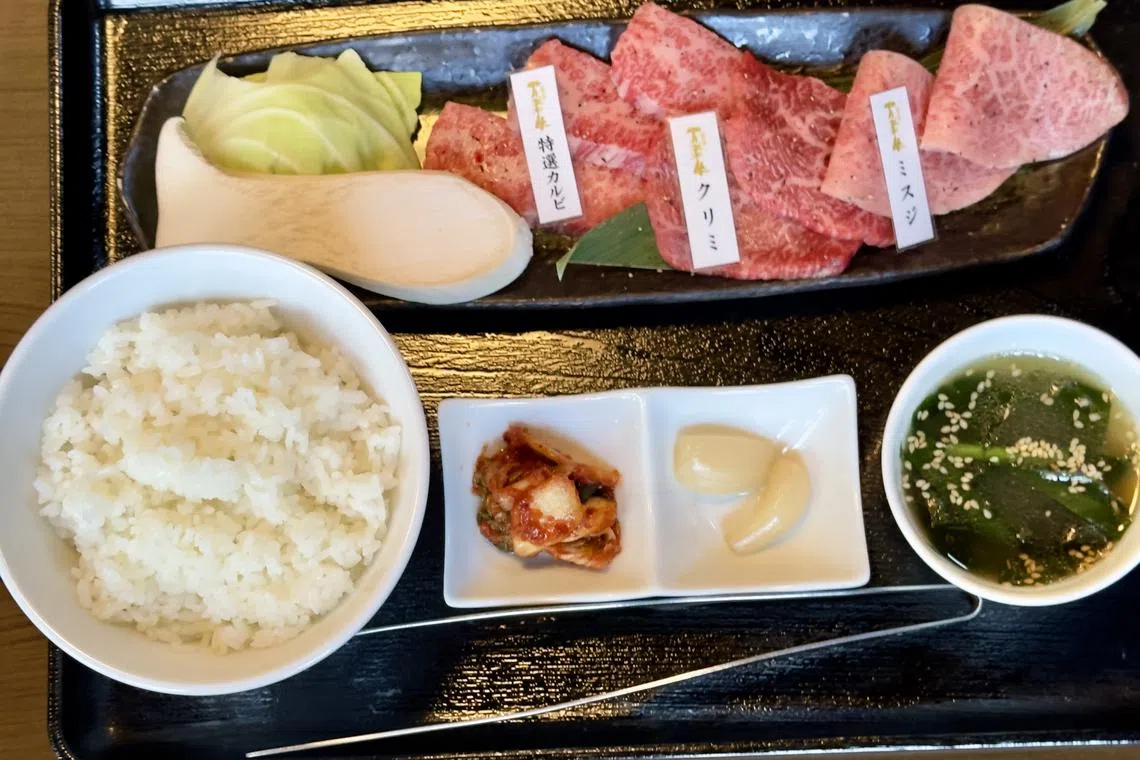
Gyuoh specialises in manyo gyu, the name of local beef. The lunch sets are ridiculously good value, starting at around 1,680 yen for a decent set of three cuts of beef with rice and soup. Individual cuts range from 1,780 yen for a serving of zabuton, up to 6,980 yen for chateaubriand.
The restaurant uses A4 wagyu, which has all the marbling you need without the cloying richness of A5. The young owner says the idea is to offer a wide range of cuts at a reasonable price to get the word out on the merits of local beef. He succeeds.
Sights to behold
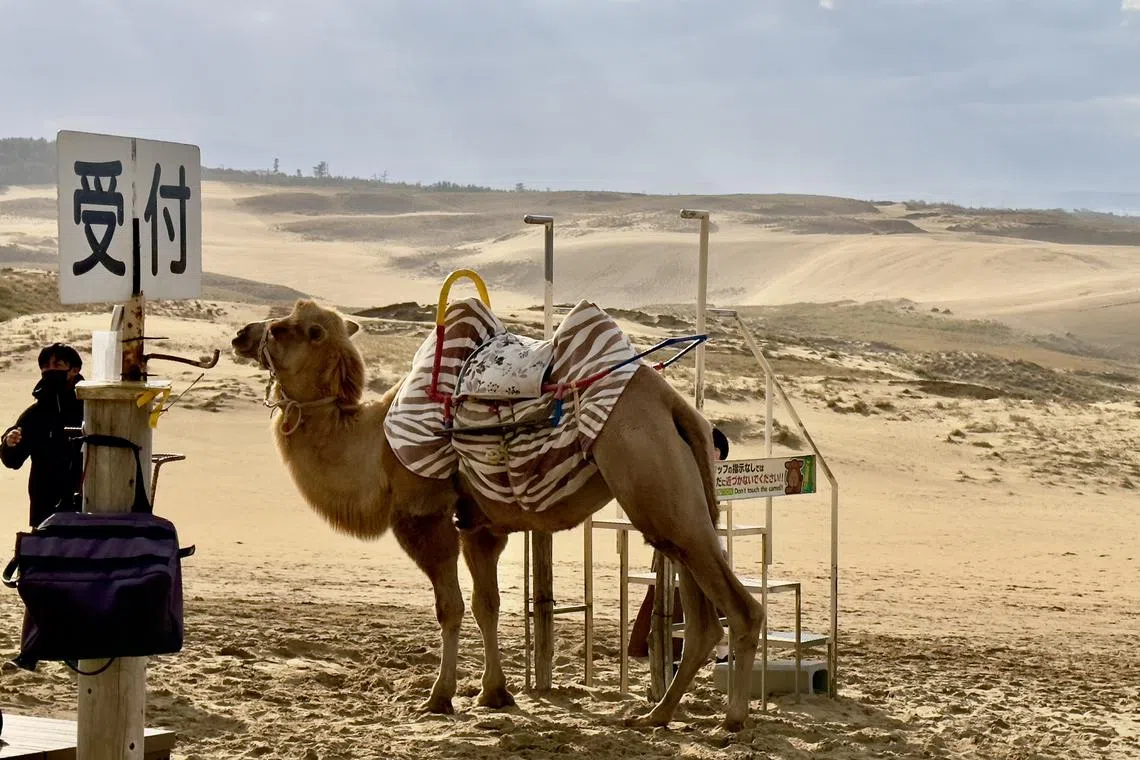
The question for most first-timers to Tottori isn’t so much why there are massive sand dunes appearing out of nowhere, but why there’s a camel standing calmly in a corner, looking like it got off the plane at the wrong airport and is waiting for a refund.
The camel isn’t local, of course. It was imported to lend some desert flair to this natural formation caused by 100,000 years of sediment from the Chugoku Mountains being washed out into the Sea of Japan and whipped into dunes by strong currents and winds – nature’s original sand sculptors.
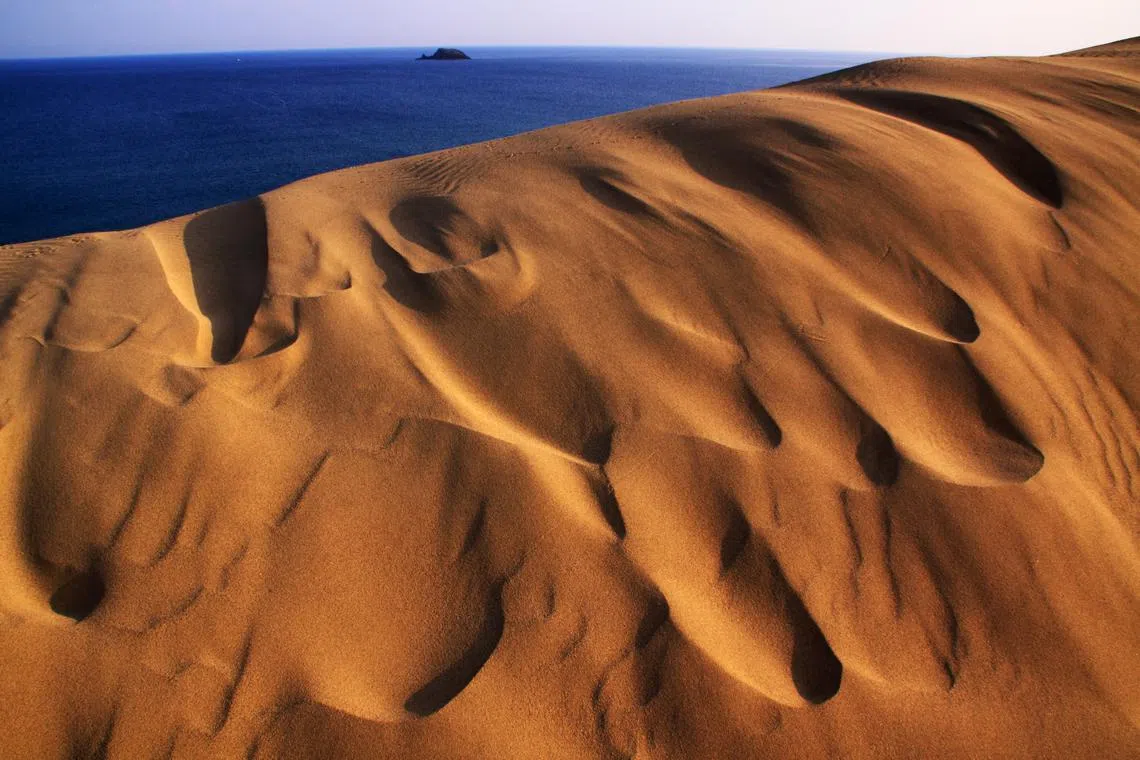
If you think the ethereal markings on the sand made by the winds are a sight to behold, you haven’t seen the Tottori Sand Museum, where sand sculptors from around the world gather each year to carve incredibly detailed giant sandcastles in the shape of monuments and cultural icons.
A recent exhibition on the history of France showed stunning depictions of the Notre Dame, Versailles Palace and even a scene from Les Miserables. Even more fascinating is that only sand and water were used in these jaw-dropping man-made formations.
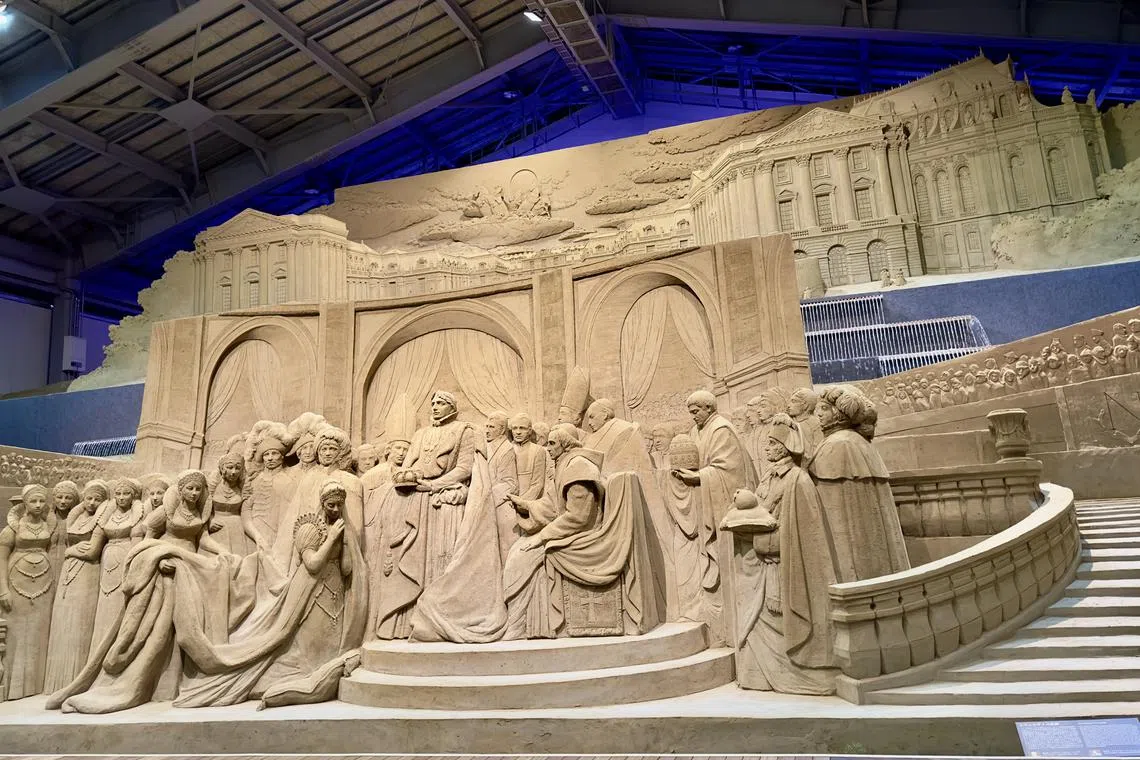
For more scenic and edible wonders, Mount Daisen calls out to you with its postcard greenery, dairy farms which churn out the milk for its famed soft-serve ice cream, hiking trails and tranquil temples.
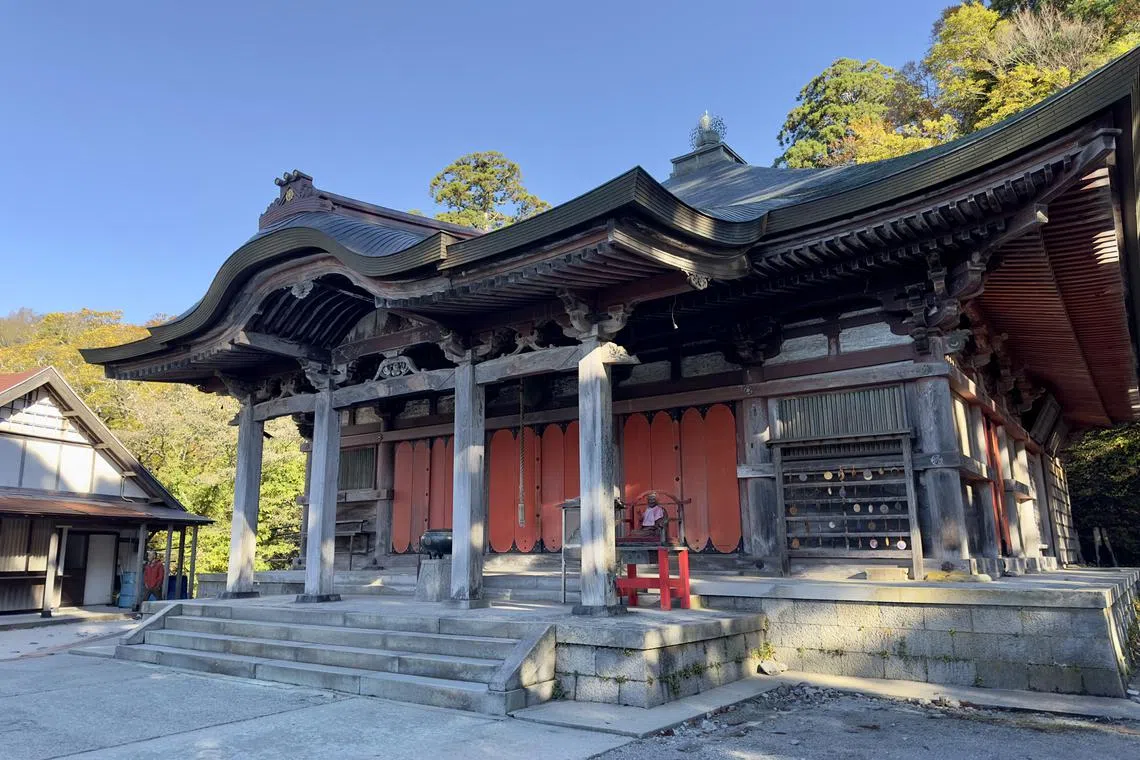
And we haven’t even touched on the onsens, Detective Conan manga attractions, craft museums, the Sakaiminato fish market, or the beef bone ramen. But most of all, it’s Tottori’s authenticity and comfort in its own skin. A visit here is more a journey of discovery than a quick getaway – and we’ve barely scratched the surface.
Decoding Asia newsletter: your guide to navigating Asia in a new global order. Sign up here to get Decoding Asia newsletter. Delivered to your inbox. Free.
Copyright SPH Media. All rights reserved.







